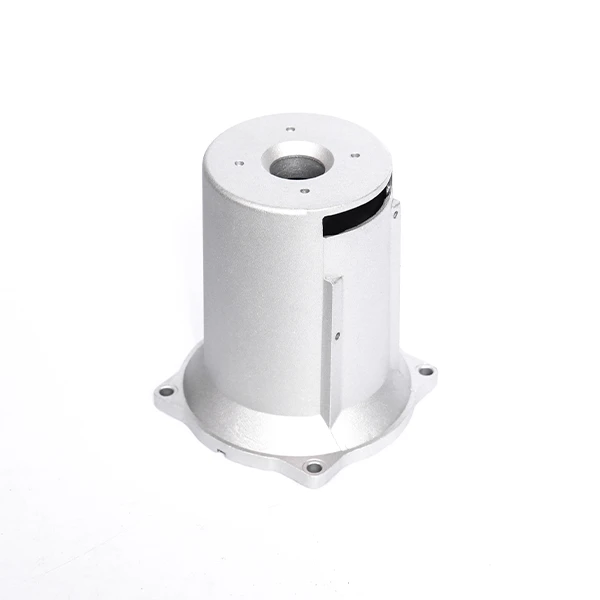Mobile:+86-311-808-126-83
Email:info@ydcastings.com
turbine pump impeller
Understanding Turbine Pump Impellers Design and Function
Turbine pumps are integral to various industries, serving applications that require the transfer of fluids at elevated pressure levels. At the heart of these machines lies the impeller, a crucial component that significantly influences efficiency, performance, and reliability. In this article, we will explore the design, function, and significance of turbine pump impellers.
What is a Turbine Pump Impeller?
A turbine pump impeller is a rotating device that creates kinetic energy through the fluid’s motion. Typically made from durable materials, such as stainless steel or bronze, these impellers are shaped like blades or disks that rotate at high speeds when the pump is in operation. The rotation of the impeller transfers energy to the fluid, enabling it to overcome resistance and flow through the pump.
How Does It Work?
When the turbine pump operates, the impeller rotates, generating centrifugal force. This force drives the fluid outward from the center of the impeller to the outer edges. As the fluid moves outward, it gains velocity, which is converted into pressure as it exits the impeller and enters the diffuser section of the pump. The diffuser helps streamline the fluid flow and transforms kinetic energy into pressure energy, allowing the fluid to be pushed through the piping system.
The efficiency of this process depends significantly on the design of the impeller. A well-designed impeller optimizes fluid passage, minimizes turbulence, and maximizes energy transfer. Additionally, the number of impeller stages, blade geometry, and material selection all contribute to the overall performance of the turbine pump.
Types of Impellers
Turbine pump impellers come in various designs to suit different applications. Common types include
turbine pump impeller

1. Single-stage Impellers These impellers consist of one set of blades and are suitable for applications with lower flow rates and pressures.
2. Multi-stage Impellers These contain multiple sets of blades stacked sequentially. Multi-stage impellers are designed for higher pressure applications, making them ideal for deep well pumping or industrial processes requiring high energy transfer.
3. Open and Closed Impellers Closed impellers have blades that are enclosed on both sides, providing better efficiency and reduced risk of cavitation, while open impellers have no back shroud, allowing for easier passage of large solids but may be less efficient.
Importance of Impeller Design
The design of the turbine pump impeller plays a crucial role in the pump's overall performance. Factors such as blade thickness, spacing, and angle affect the fluid dynamics within the pump. An optimal impeller design minimizes turbulence, ensures smooth fluid flow, and prevents issues such as cavitation, which can damage the impeller and reduce lifespan.
Moreover, advancements in computational fluid dynamics (CFD) have transformed the way engineers design turbine pump impellers. By simulating fluid flow around impeller geometries, engineers can predict performance and make informed design decisions to enhance efficiency.
Conclusion
The turbine pump impeller is not just a rotating component; it is the core element that defines the pump's effectiveness. Understanding its design, operation, and significance allows engineers to optimize pump systems for various industrial applications. As technology advances, the continued evolution of impeller design will further improve the efficiency and reliability of turbine pumps, making them indispensable in the landscape of fluid transfer systems. Whether in agriculture, water supply, or chemical processing, the turbine pump impeller plays a vital role in ensuring that industries operate smoothly and efficiently.
-
Why Should You Invest in Superior Pump Castings for Your Equipment?NewsJun.09,2025
-
Unlock Performance Potential with Stainless Impellers and Aluminum End CapsNewsJun.09,2025
-
Revolutionize Your Machinery with Superior Cast Iron and Aluminum ComponentsNewsJun.09,2025
-
Revolutionize Fluid Dynamics with Premium Pump ComponentsNewsJun.09,2025
-
Optimizing Industrial Systems with Essential Valve ComponentsNewsJun.09,2025
-
Elevate Grid Efficiency with High-Precision Power CastingsNewsJun.09,2025











